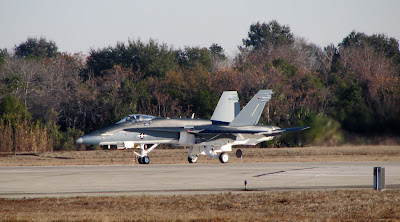With the EFV suffering an unwarranted death (well maybe, it was expensive but maybe pressure could have been applied to the manufacturer to lower it) its time to ditch the ATK gun and get something designed from the outset for service aboard naval vessels.
My candidate is the Oerlikon Millennium 35 mm Naval Revolver Gun System...the following information and photos are from NAVWEPS.com
 |
| Prototype 35 mm Naval Gun System (GDM-008)
Millennium on the Lockheed Martin Sea Slice
Note the triple-coil muzzle velocity gauge and fuze setter Photograph copyrighted by Oerlikon Contraves AG |
| Stats via Wikipedia...Oerlikon Millennium 35mm Naval Revolver Gun System | |
|---|---|
| Type | CIWS |
| Place of origin | Germany, Switzerland |
| Service history | |
| In service | 2003 |
| Used by | Denmark |
| Production history | |
| Designed | 1995 |
| Manufacturer | Rheinmetall, Oerlikon Contraves |
| Specifications | |
| Weight | Gun: 450kg Turret: 3300kg |
| Length | 5.5 m |
| Width | 2.39 m |
| Height | 1.94 m |
| Crew | unmanned |
| Shell | 35 x 228 mm |
| Caliber | 35 mm |
| Action | Revolver cannon |
| Elevation | -15 / +85 degrees rate: 70 degree/s |
| Traverse | 360 degrees rate: 120 degrees per second |
| Rate of fire | Single shoot Short Burst: 200 rounds per minute Full automatic fire: 1000 rounds per minute |
| Muzzle velocity | AHEAD: 3,445 fps (1,050 mps) HEI: 3,854 fps (1,175 mps) APDS/T: 3,950 fps (1,440 mps) |
| Effective range | 3500m (3830 yards) |
| Feed system | 252 linkless rounds on turret |
Long story short, Rheinmetall-detc has created a modular weapon system that can be changed out in 30 minutes, is tailor made for the LCS mission and is in worldwide service. It can be had for a song (relatively) and is effective against air and surface targets.
















